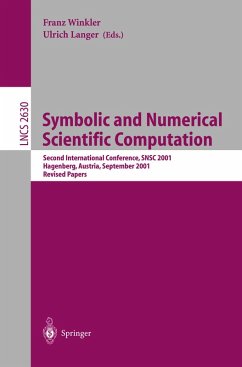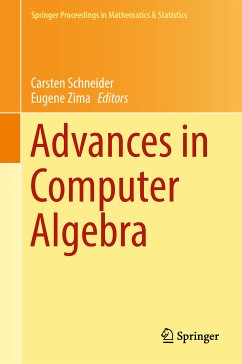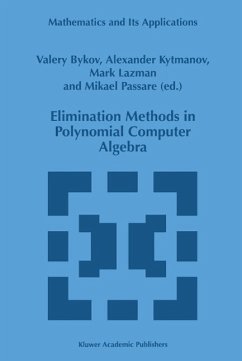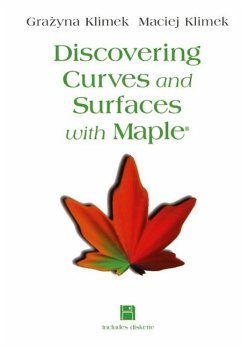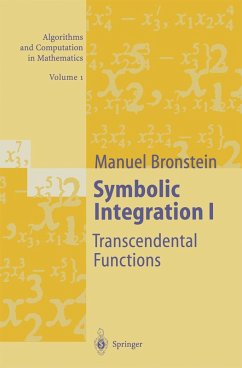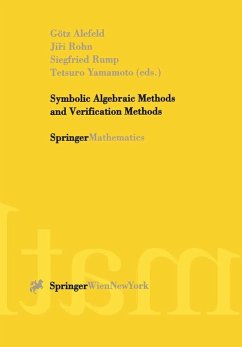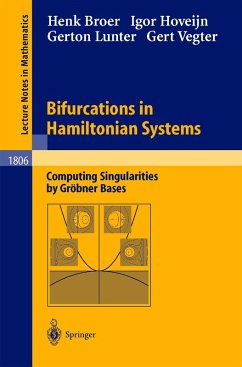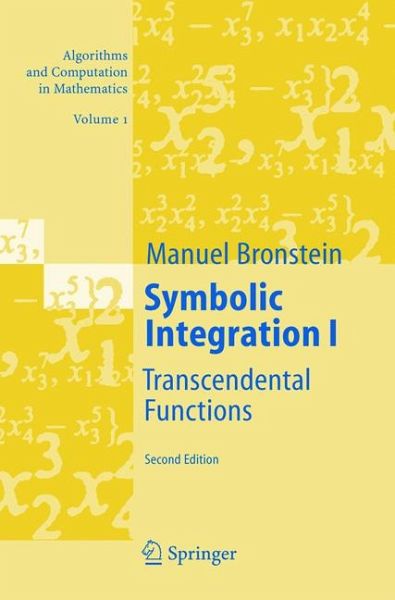
Symbolic Integration I (eBook, PDF)
Transcendental Functions
Versandkostenfrei!
Sofort per Download lieferbar
88,95 €
inkl. MwSt.
Weitere Ausgaben:

PAYBACK Punkte
44 °P sammeln!
Symbolic Integration I is destined to become the standard reference work in the field. Manuel Bronstein is a leading expert on this topic and his book is the first to treat the subject both comprehensively and in sufficient detail - incorporating new results along the way. The book addresses mathematicians and computer scientists interested in symbolic computation, developers and programmers of computer algebra systems as well as users of symbolic integration methods. Many algorithms are given in pseudocode ready for immediate implementation, making the book equally suitable as a textbook for ...
Symbolic Integration I is destined to become the standard reference work in the field. Manuel Bronstein is a leading expert on this topic and his book is the first to treat the subject both comprehensively and in sufficient detail - incorporating new results along the way. The book addresses mathematicians and computer scientists interested in symbolic computation, developers and programmers of computer algebra systems as well as users of symbolic integration methods. Many algorithms are given in pseudocode ready for immediate implementation, making the book equally suitable as a textbook for lecture courses on symbolic integration.
This second edition offers a new chapter on parallel integration, a number of other improvements and a couple of additional exercises.
From the reviews of the first edition: "... The writing is excellent, and the author provides a clear and coherent treatment of the problem of symbolic integration of transcendental functions..." F. Winkler, Computing Reviews 1997
This second edition offers a new chapter on parallel integration, a number of other improvements and a couple of additional exercises.
From the reviews of the first edition: "... The writing is excellent, and the author provides a clear and coherent treatment of the problem of symbolic integration of transcendental functions..." F. Winkler, Computing Reviews 1997
Dieser Download kann aus rechtlichen Gründen nur mit Rechnungsadresse in A, B, BG, CY, CZ, D, DK, EW, E, FIN, F, GR, HR, H, IRL, I, LT, L, LR, M, NL, PL, P, R, S, SLO, SK ausgeliefert werden.




